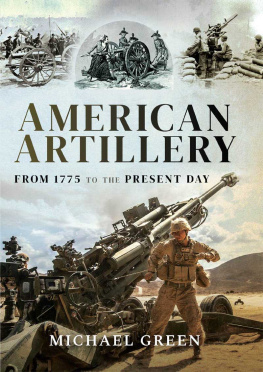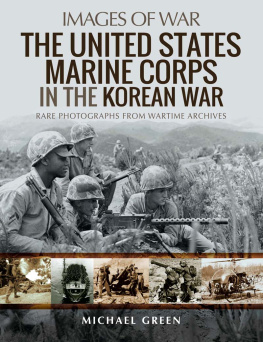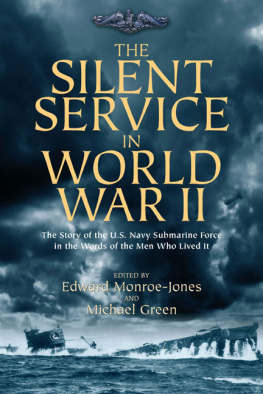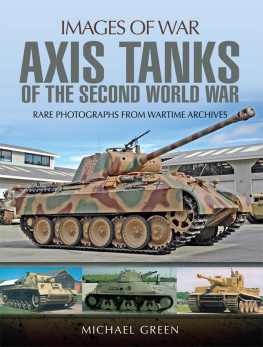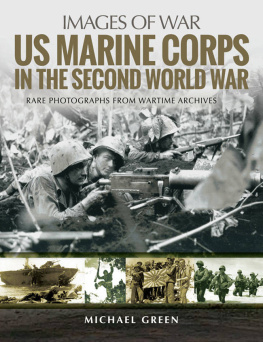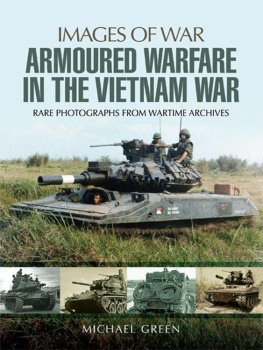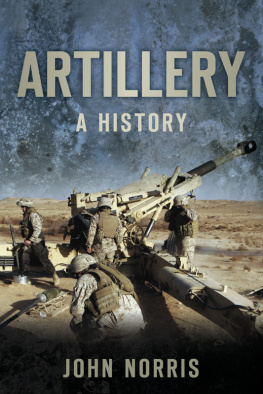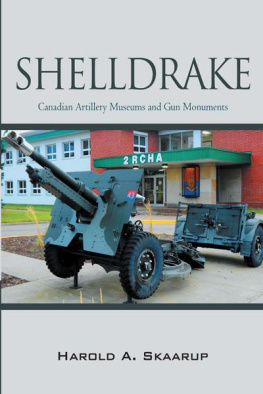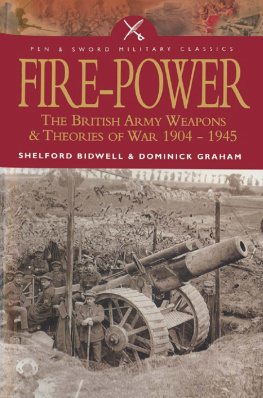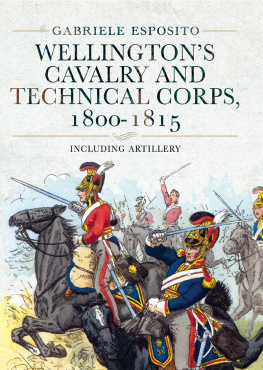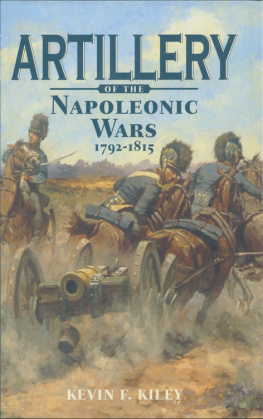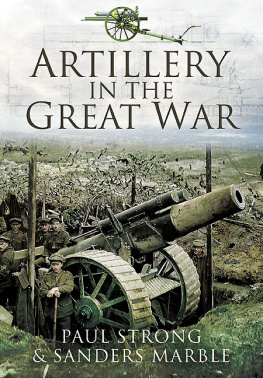Pagebreaks of the print version

AMERICAN ARTILLERY
AMERICAN ARTILLERY
From 1775 to the Present Day
MICHAEL GREEN
First published in Great Britain in 2021 by
PEN & SWORD MILITARY
an imprint of
Pen & Sword Books Ltd
47 Church Street
Barnsley
South Yorkshire
S70 2AS
Copyright Michael Green, 2021
ISBN 978-1-52677-666-2
eISBN 978-1-52677-667-9
The right of Michael Green to be identified as author of this work has been asserted by him in accordance with the Copyright, Designs and Patents Act 1988.
A CIP catalogue record for this book is available from the British Library.
All rights reserved. No part of this book may be reproduced or transmitted in any form or by any means, electronic or mechanical including photocopying, recording or by any information storage and retrieval system, without permission from the Publisher in writing.
Pen & Sword Books Limited incorporates the imprints of Atlas, Archaeology, Aviation, Discovery, Family History, Fiction, History, Maritime, Military, Military Classics, Politics, Select, Transport, True Crime, Air World, Frontline Publishing, Leo Cooper, Remember When, Seaforth Publishing, The Praetorian Press, Wharncliffe Local History, Wharncliffe Transport, Wharncliffe True Crime and White Owl.
For a complete list of Pen & Sword titles please contact
PEN & SWORD BOOKS LIMITED
47 Church Street, Barnsley, South Yorkshire S70 2AS, England
E-mail:
Website: www.pen-and-sword.co.uk
Dedication
The author dedicates this book to US Army Medal of Honor winner First Lieutenant John R. Fox. His citation reads:
Commencing with a heavy barrage of enemy artillery at 0400 hours on 26 December 1944, an organized attack by uniformed German units began. Being greatly outnumbered, most of the United States Infantry forces were forced to withdraw from the town, but Lieutenant Fox and some other members of his observer party voluntarily remained on the second floor of a house to direct defensive artillery fire. At 0800 hours, Lieutenant Fox reported that the Germans were in the streets and attacking in strength. He then called for defensive artillery fire to slow the enemy advance. As the Germans continued to press the attack towards the area that Lieutenant Fox occupied, he adjusted the artillery fire closer to his position. Finally, he was warned that the next adjustment would bring the deadly artillery right on top of his position. After acknowledging the danger, Lieutenant Fox insisted that the last adjustment be fired as this was the only way to defeat the attacking soldiers. Later, when a counterattack retook the position from the Germans, Lieutenant Foxs body was found with the bodies of approximately 100 German soldiers.
Foreword
The latest book by Michael Green is a crisp, authoritative work, culled from US Army periodicals and reference material; Green takes us on a different type of history, covering a chronology, production requirements versus military needs, the use and misuse of artillery, and tactical doctrine versus operational performance. Add to this the many varied weapons, systems, tubes, ammunition and associated support vehicles laid out for the reader in well-written essays; the author takes the reader from the first use of artillery in the 1300s to its modern-day place as the King of Battle.
American Artillery begins with a historical essay on the beginnings and use of artillery leading up to the Revolutionary War. Fraught with attempts at standardization, facing tight budgets and political infighting, Green lays out the military requirements and military transport systems leading through the Mexican-American War and just before the Civil War.
Chapter Two brings us through the Civil War and analyzes both the Union and Confederate Armys use and limitations throughout the war. This chapter is chock full of weapon systems: Napoleon cannon, Parrot rifles, James rifle, Armstrong, Whitworth, Blakely cannons, siege and Wiard artillery, and the introduction of mortars and rockets. Each system is evaluated on its effectiveness and problems in combat and production. Additionally, the author brings tube material into the discussion, weighing the effectiveness of bronze, steel, iron, wrought iron and rifled versus smoothbore cannon tubes.
Chapter Three brings us from a constabulary army on the American frontier through the First World War when an untrained and unequipped American Army went to France and underwent training on French artillery systems. This was the age of hurricane bombardments and the nadir of operational military thought, of organization and reorganization, and larger and larger artillery systems.
Chapter Four takes the reader through the planning to raise an army and learn from the operational advances made in Europe by the French, British and Germans during the inter-war period, the Spanish Civil War and into the beginnings of the Second World War.
There was much to learn, from systems to employment, through organization and doctrine, and adding advanced technology to give the infantry soldier a reliable support weapon in the field. Advancements included the proximity fuse and the operational inclusion of time on target against enemy forces. Additionally, technology brought forth self-propelled howitzers, and rockets launched from tanks and trucks and air defense artillery.
Chapters Five and Six, taken together, show the promise and performance of technological advances in the research centers and in the field. Nuclear rounds, tactical nuclear weapons, missiles and integrated systems showed their promise and failures. Through the Cold War, through Operation DESERT STORM and current warfare in the Middle East, systems planners are working on future systems while engaged in current operations, and sometimes actually aiding war-fighters in the field. While the author points out brilliant advances (Paladin, M109A7) he also points out dismal failures (Crusader, Future Combat System), and this is the strength of all his books, including this one.
Finally, there is enough operational information to please the armchair general, enough technical information and accompanying photographs to aid the modeler, and enough detailed information to assist the gamer and re-enactor. Additionally, the author gives military historians a great read and a great primer on the historical development of artillery and pertinent source material for further research.
Randy R. Talbot
Command Historian (Retired)
US Army Tank-automotive and Armaments Command (TACOM)
Acknowledgements
The historical images in this work come from the files of the National Archives, various US Army Museums, the Department of Defense (DOD) and public domain sites. Some of the contemporary photographs come from US Army and Marine Corps websites. Other pictures came from friends that are named. As with all published works, authors depend on friends for assistance in reviewing their work.
Notes to the Reader
Due to the books size and format, this work is only a very broad overview of the history of American artillery.
The US Army eventually began designating its cannons and their carriages separately. The author has chosen only to use the cannon designations in this work.
Due to space constraints, the author has not included US Army anti-tank artillery.
Sources can vary on the numbers built of artillery pieces, their weight and maximum ranges. Ranges themselves can vary depending on the type of round fired, weather, temperature, etc.

